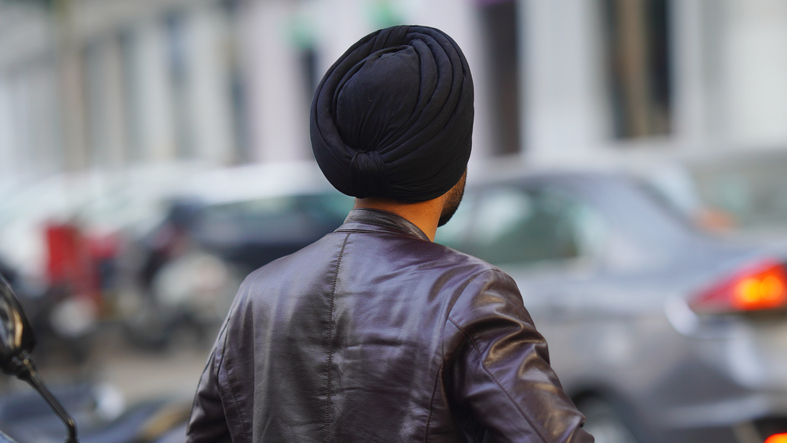
By: Pramod Thomas
WEARING Sikh turbans greatly reduced the risk of skull fractures in areas covered with a thick layer of fabric, compared to bare heads, new research studying how turbans might mitigate impacts to the head during cycling incidents has found.
In several countries, including the UK, India, some Canadian states, New Zealand, and Thailand, Sikhs draping turbans on their heads are legally exempt from wearing motorcycle helmets and hard hats.
The research also observed that the wrapping/draping style of the turban greatly affected the risk of head injury.
The Dastaar turban style was found to perform the best in cushioning shocks to the front of the head, while the Dumalla turban style was the most effective in protecting the side of the head from impacts.
Researchers from the Imperial College, London, and Sikh Scientists Network said the findings allowed them to make evidence-based recommendations so that Sikhs wearing turbans, and thus exempt from wearing protective head gear, might benefit from the best head protection possible.
They compared the performance of various turban styles by performing crash tests on dummy heads.
“Sikhs have earned the right to wear the sacred turban with pride for centuries now. However, being just 0.5 per cent of the world population, very little has been done to scientifically empower Sikhs to continue practicing their faith with advanced, protective materials that are in-line with their religious requirements,” said Gurpreet Singh, from the Sikh Scientists Network and Imperial’s Department of Materials and co-author of the study published in the journal Annals of Biomedical Engineering.
“Due to a lack of research into advanced fabrics, Sikhs currently face varying degrees of risk.”
For the study, the team tested five different turbans, distinguished by two wrapping styles and two different fabrics of varied sizes. They then compared their observations of injury risk with conventional cycle helmets and with bare heads.
They found that with respect to shocks to the front of the head, the Dastaar turban style with three-metre-long and two-metre-wide Rubia Voile fabric performed the best by reducing the impact of the shock by 23 per cent, compared to the turban style performing the worst.
However, with regards to impacts to the side of the head, the Dumalla turban style with 10-metre-long and 1-metre-wide Full Voile fabric outperformed other styles by reducing the impact by 59 per cent.
“Our findings show that simple Sikh turbans have the potential to mitigate head impacts. This provides important evidence that we hope will point the wider scientific community to invest in the best headgear fabrics to absorb shock, which indeed will open commercial markets to people from all walks of life that deal with concussions and head impacts,” said Singh.
The researchers also recommended covering a larger area of the head with a thick layer of fabric, along with placing energy absorbing materials between the fabric layers, to cushion external shocks and reduce the risk of sudden impacts, which can cause skull fractures and traumatic brain injuries.
However, they found that the risk of head injuries was higher for all turbans than conventional bicycle helmets.
The team plans on using these findings to develop a force-absorbing turban material to offer Sikhs a better head protection.
(PTI)
